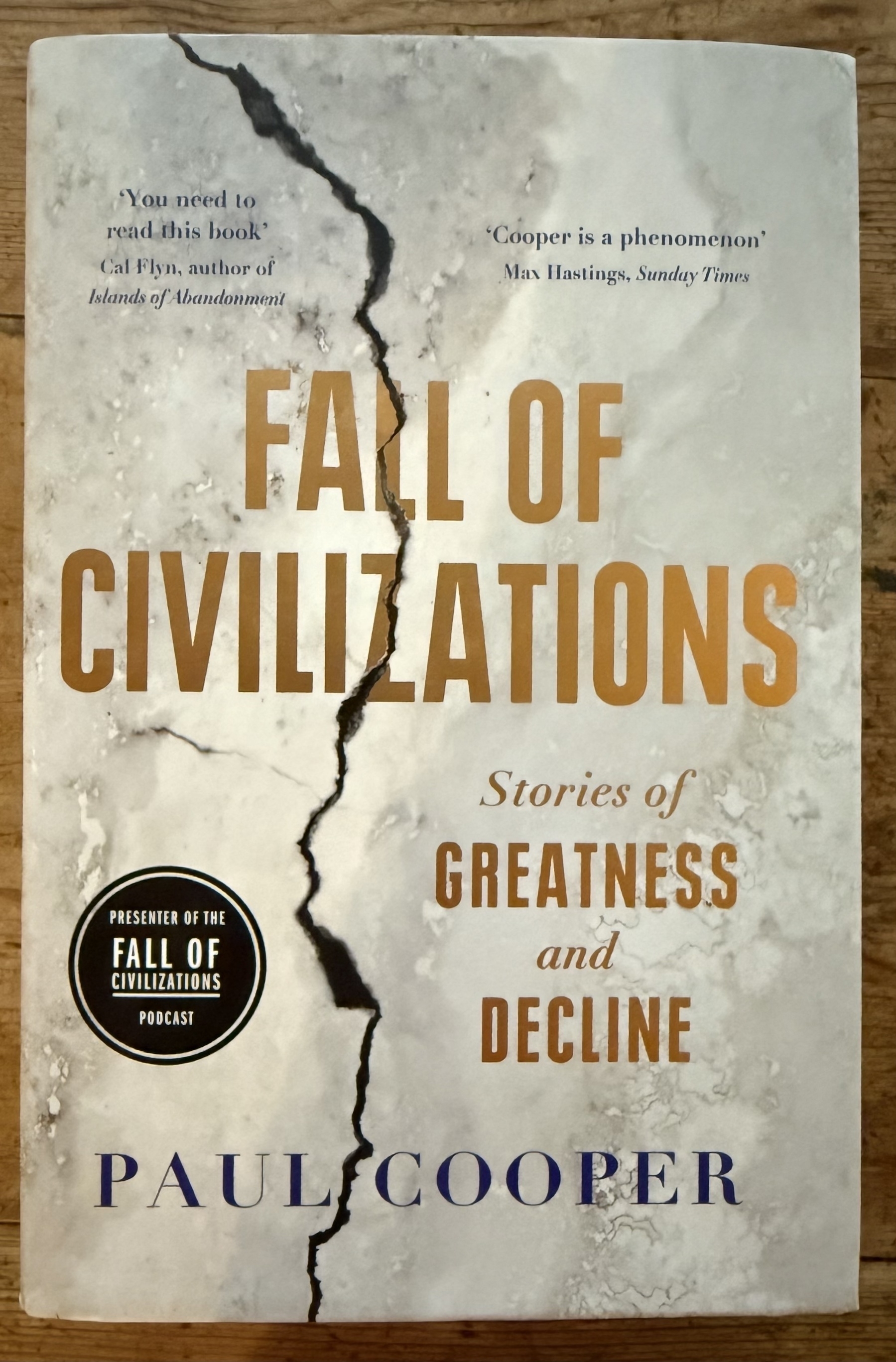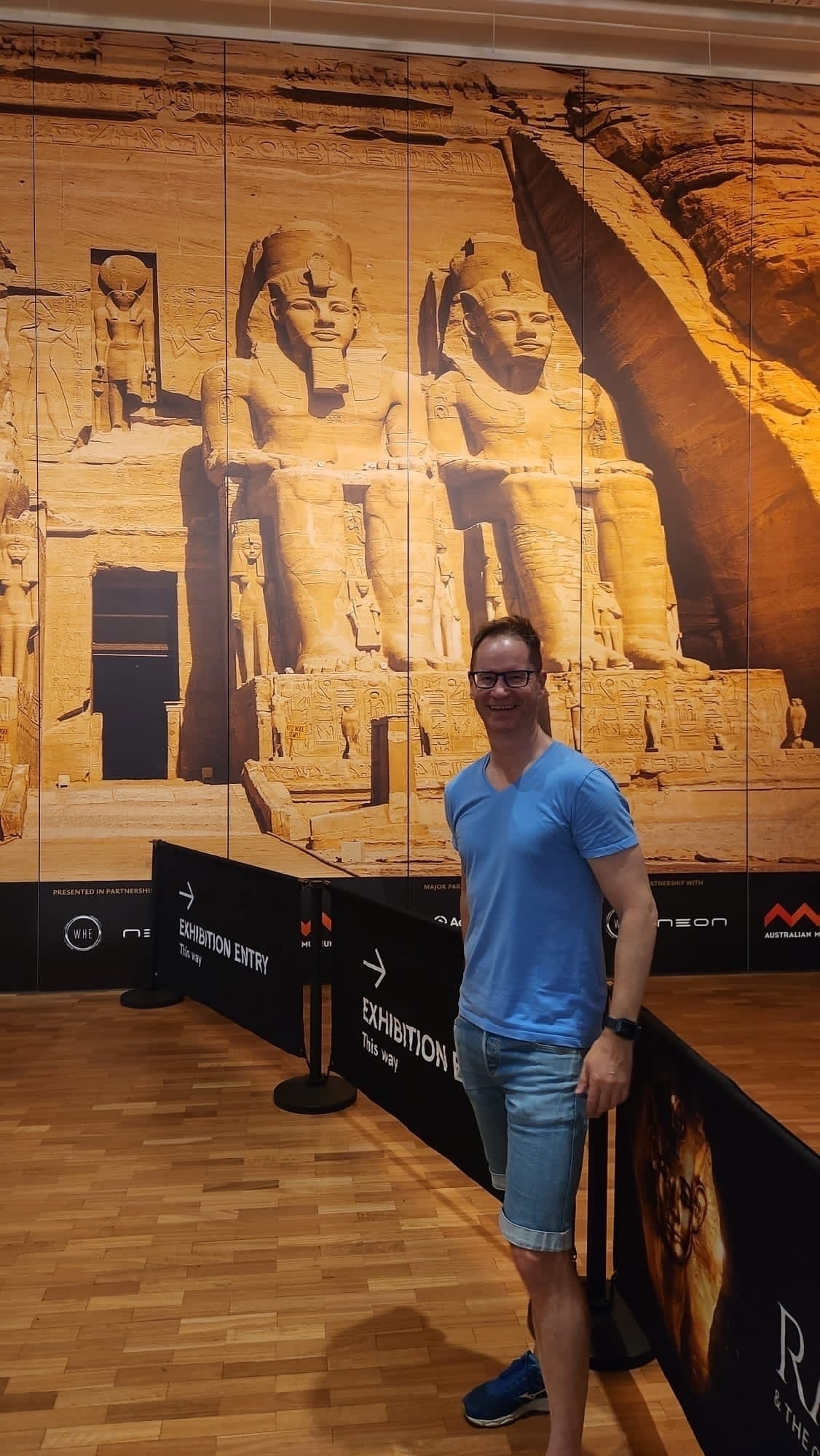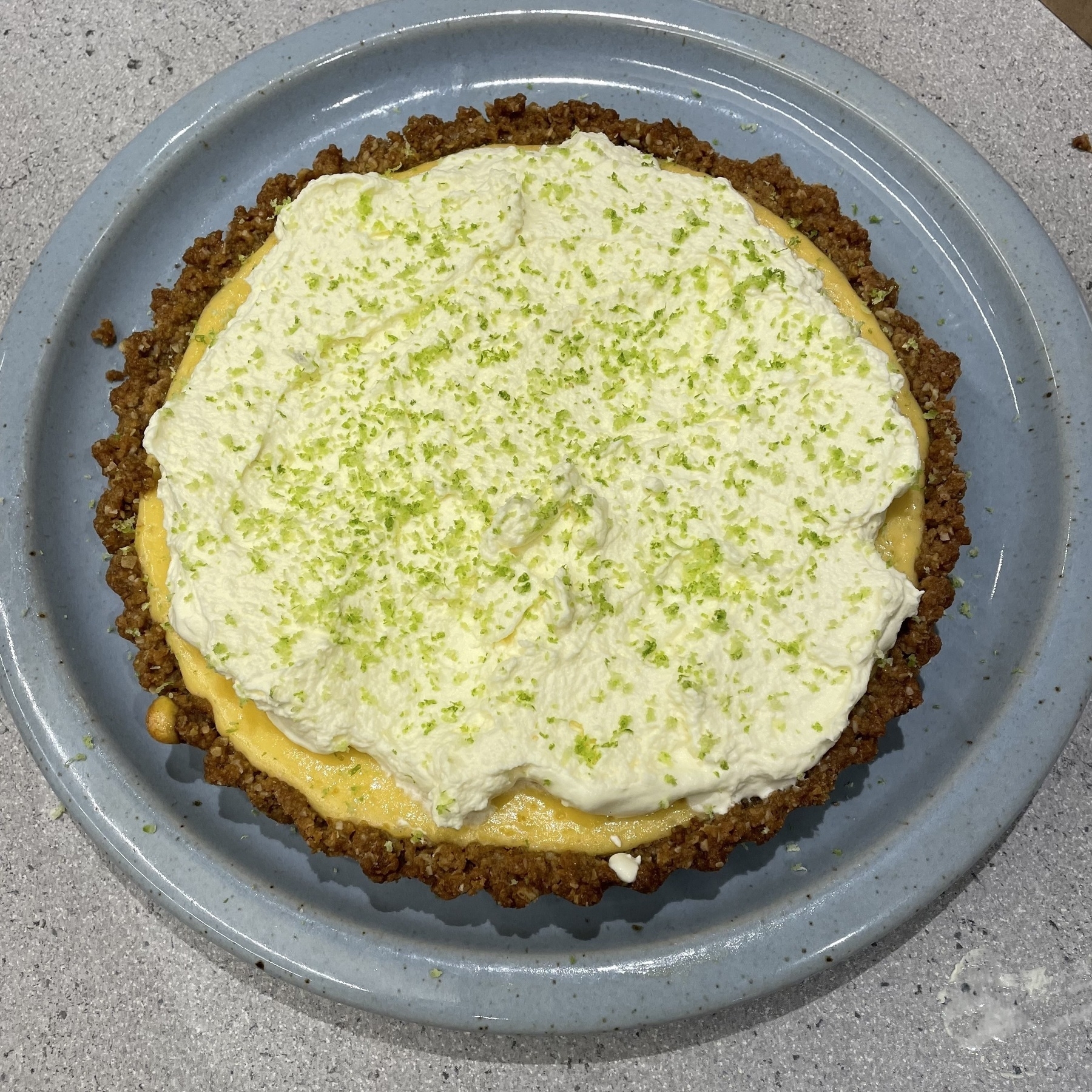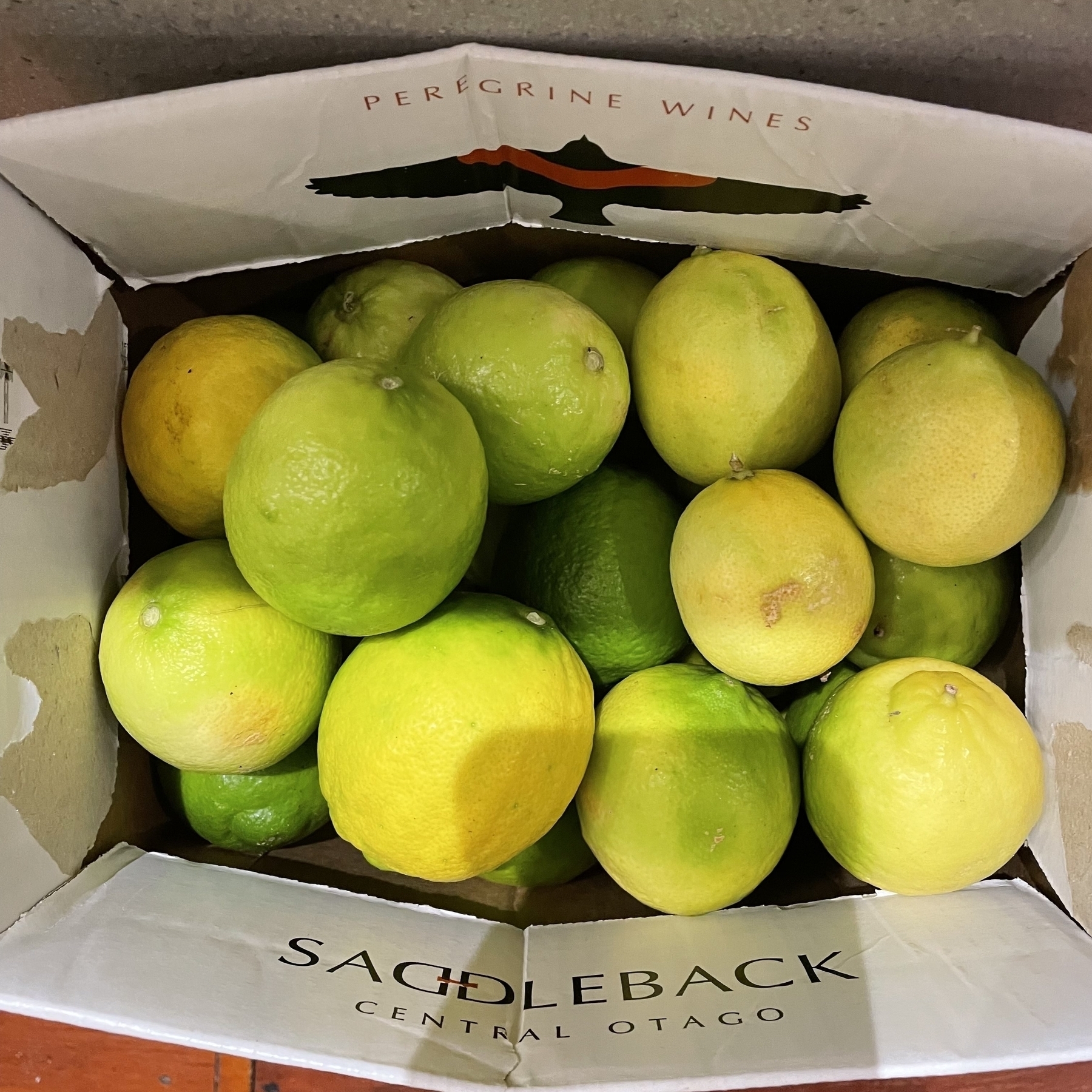history
‘To-morrow is Saint Crispian’
He that shall live this day, and see old age,
Will yearly on the vigil feast his neighbours,
And say ‘To-morrow is Saint Crispian:’
Then will he strip his sleeve and show his scars.
And say ‘These wounds I had on Crispin’s day.’

Edmund White
Vale Edmund White (1940-2025), prolific, highly talented and sex-positive gay author. His “A Boy’s Own Story” was seminal for many of us in the 1980s. His most recent memoir “The Loves of My Life”, published only this year, is a perfect capstone for a man who loved men, and wrote about them so well.

Pairing this year’s Okham Prize winner for Best Illustrated Non-Fiction, the extraordinary “Toi te Mana - an indigenous history of Māori art” with “65000 years - A Short History of Australian Art”.
#art #indigenous #arthistory #aotearoa #australia #bookclub
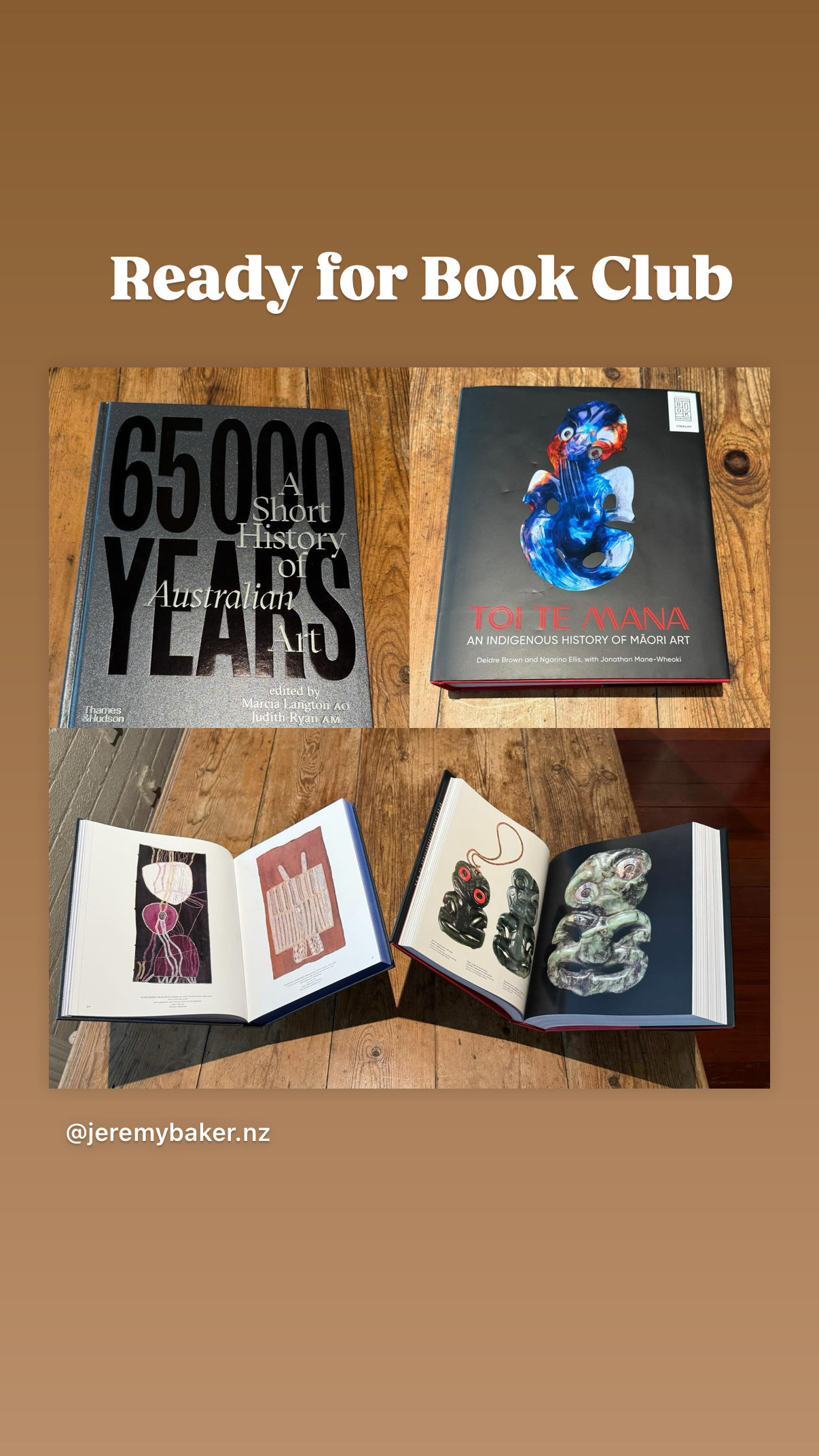

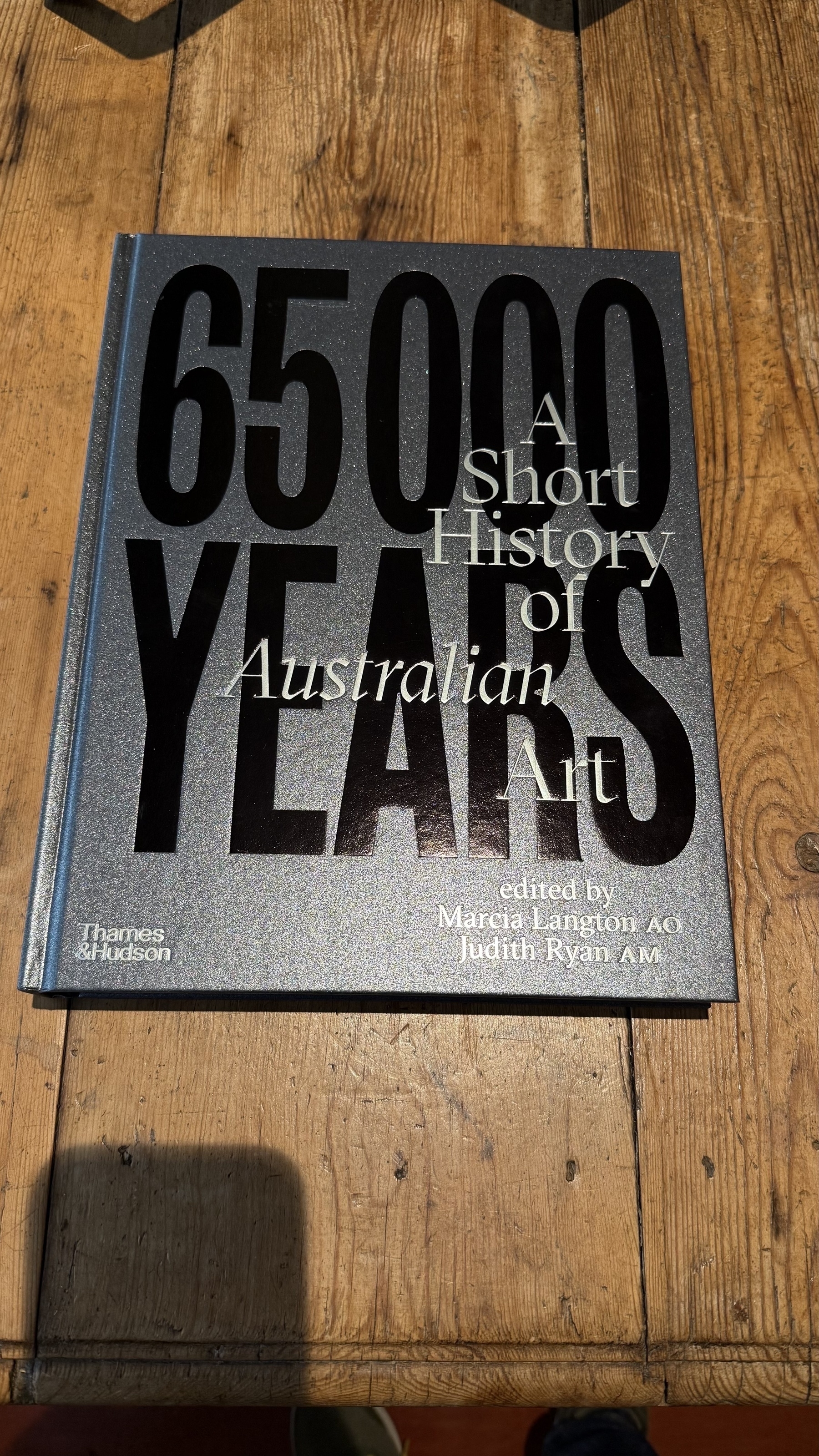
New book stand (featuring “Atlas of the New Zealand Wars, Volume 1”)

Hapua Street Anzac history
Local ANZAC history - a selection of write-ups of the stories of those from a small selection of Hataitai streets who participated in the world wars. Placed in the Hapua St bus stop.
A brilliant humanisation of the impact of war on a local community.
#history #localhistory #anzac #wellington #wellingtonnz🇳🇿 #pōneke #aotearoa
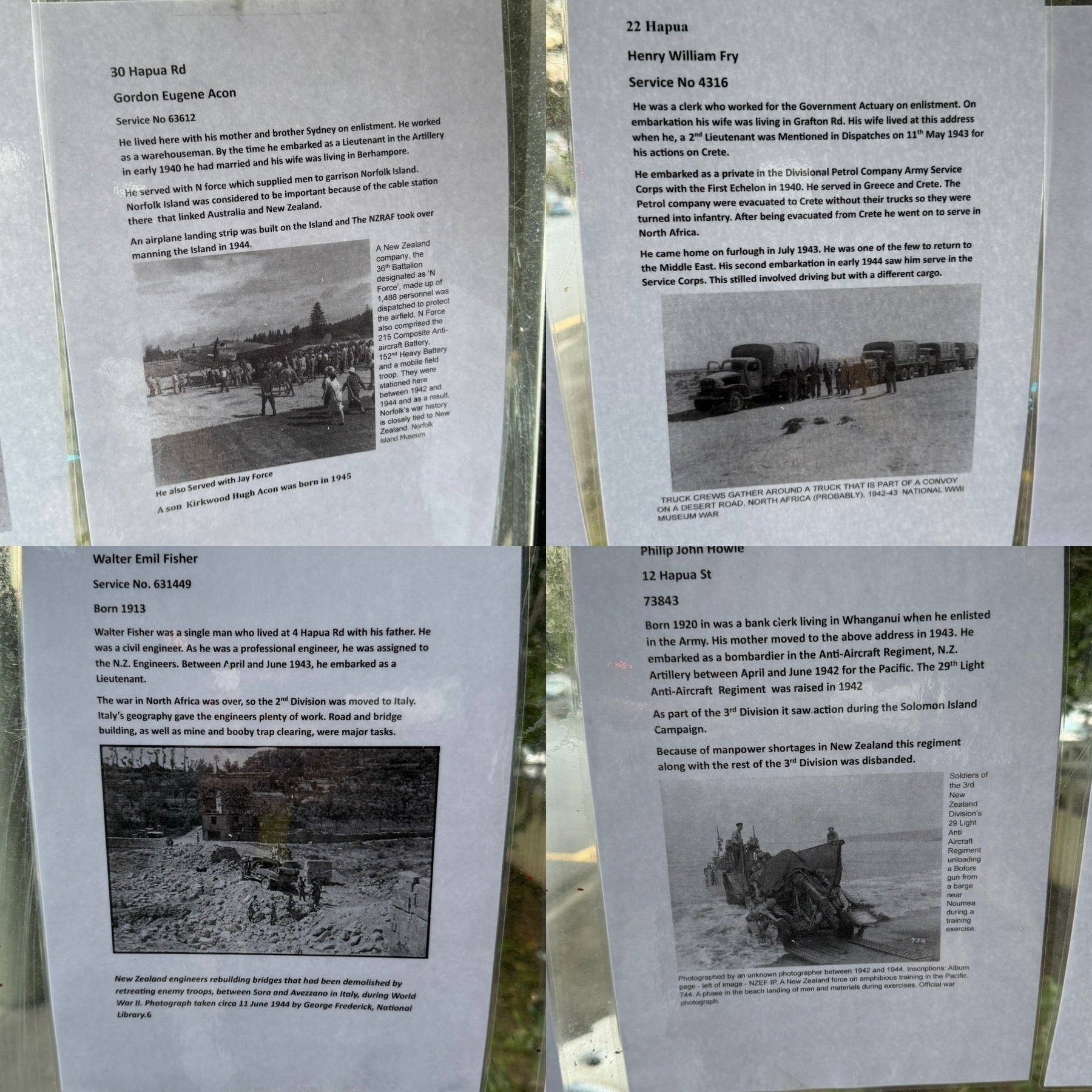
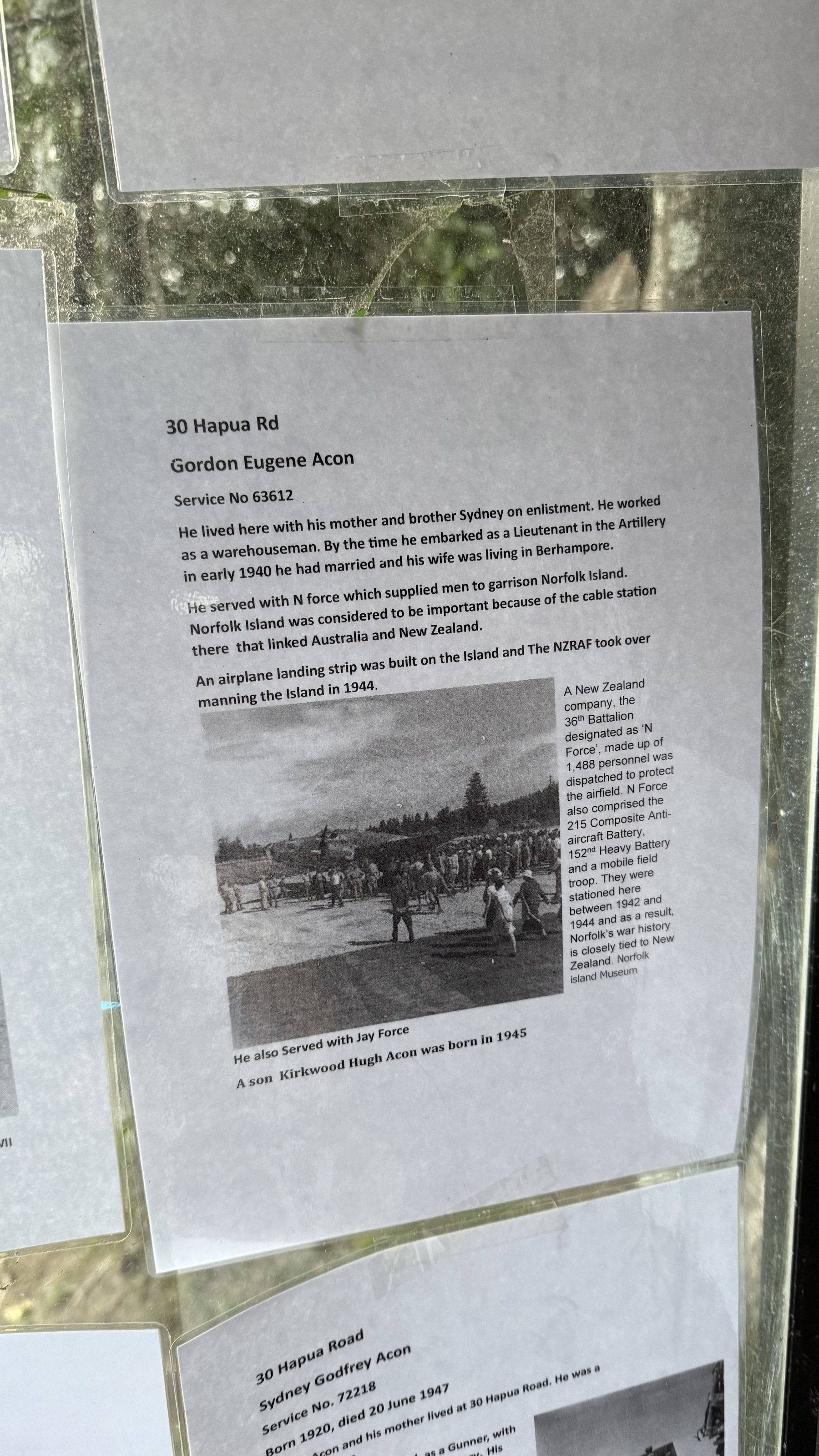
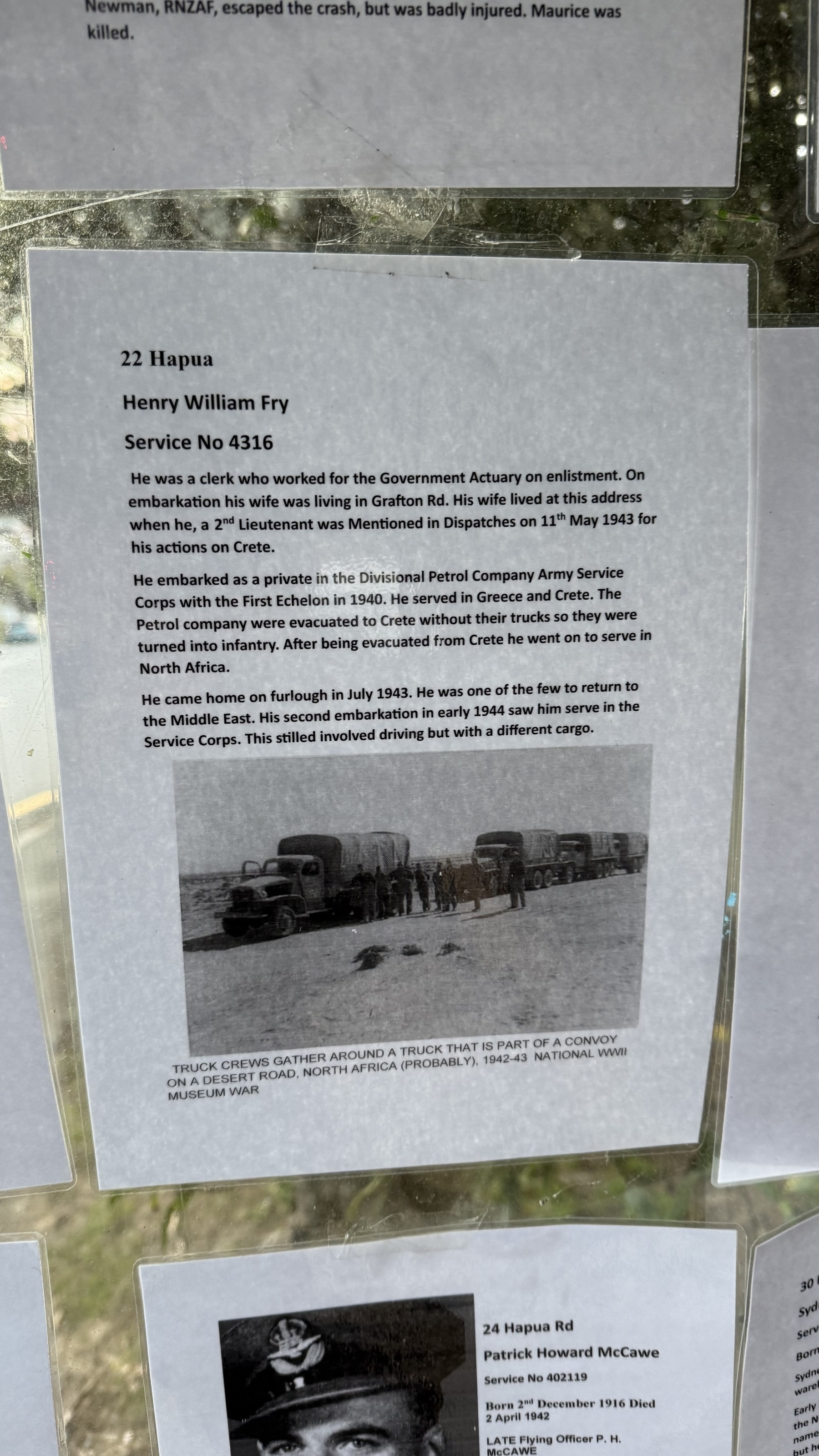
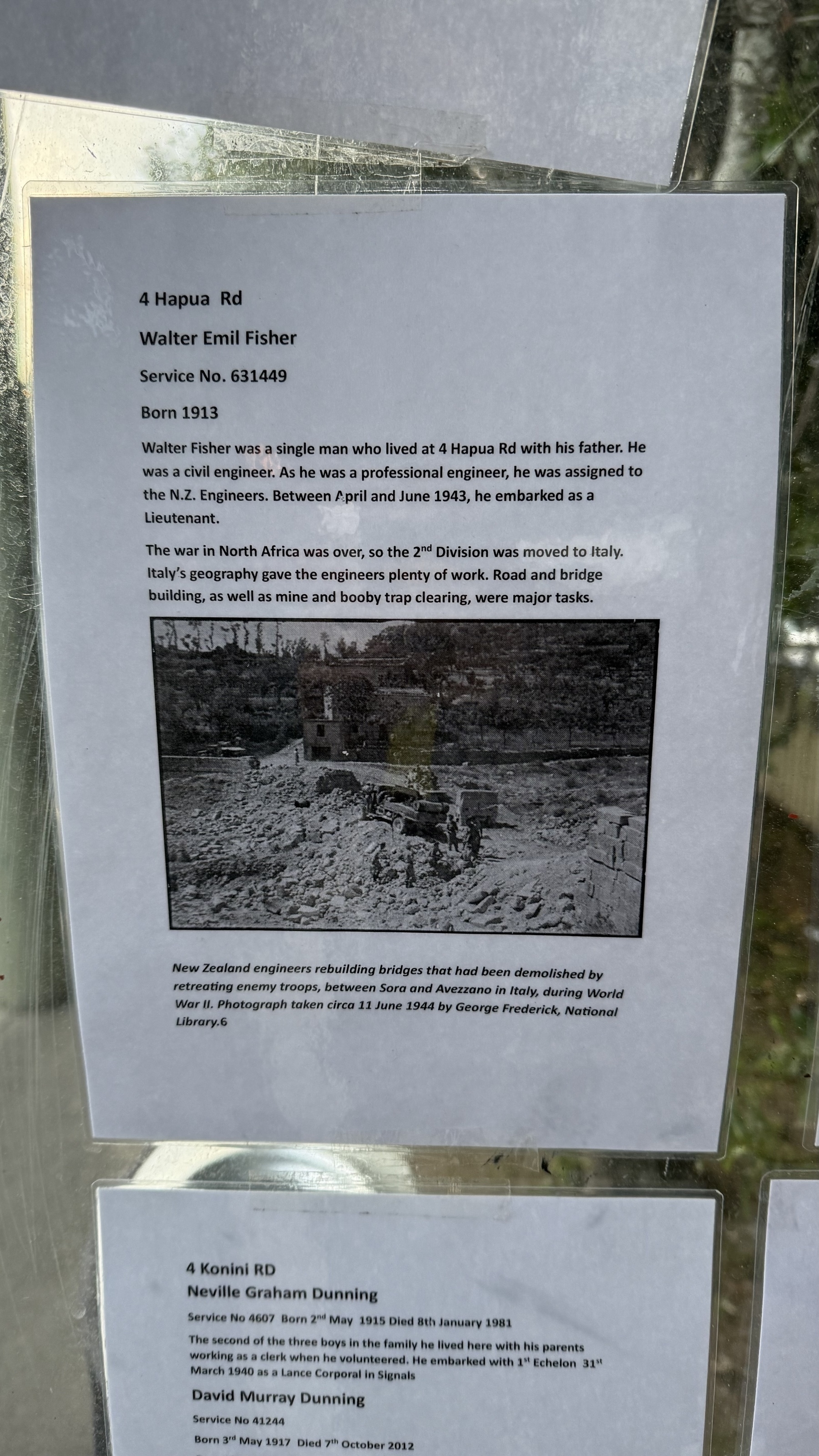
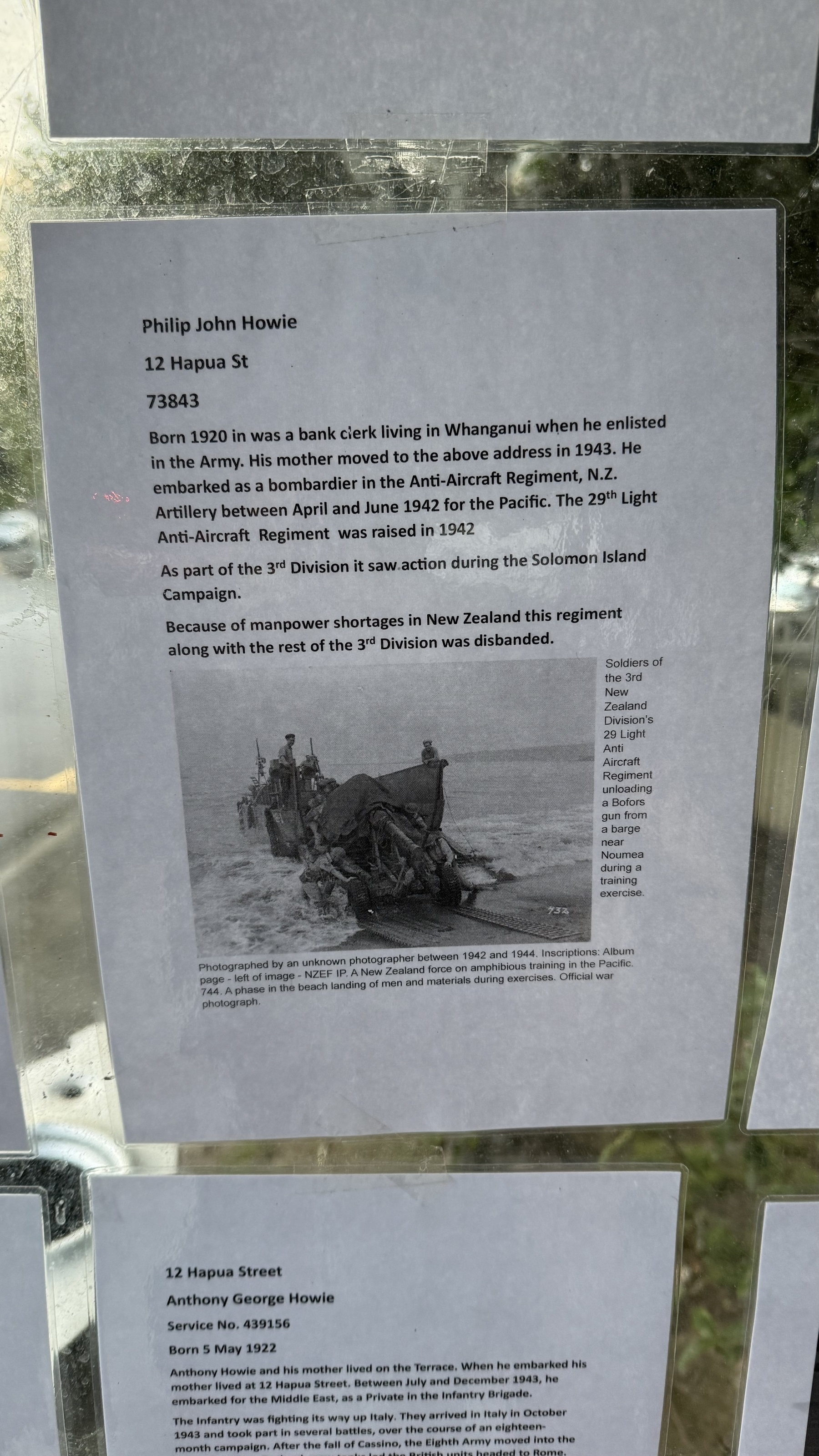
Birthday book haul
Thanks to Mum, Dad, and Bill for the Unity Books vouchers 🥰
- Atlas of the New Zealand Wars (Vol I) (Derek Leask, 2025)
- The Monastic World: A Thousand Year History (Andrew Jotischky, 2025)
- The Revelation of Ireland: 1995-2020 (Diarmaid Ferriter, 2024)
- Bodies of Men (Nigel Featherston, 2019)
- Patria: Lost Countries of South America (Laurence Blair, 2024)
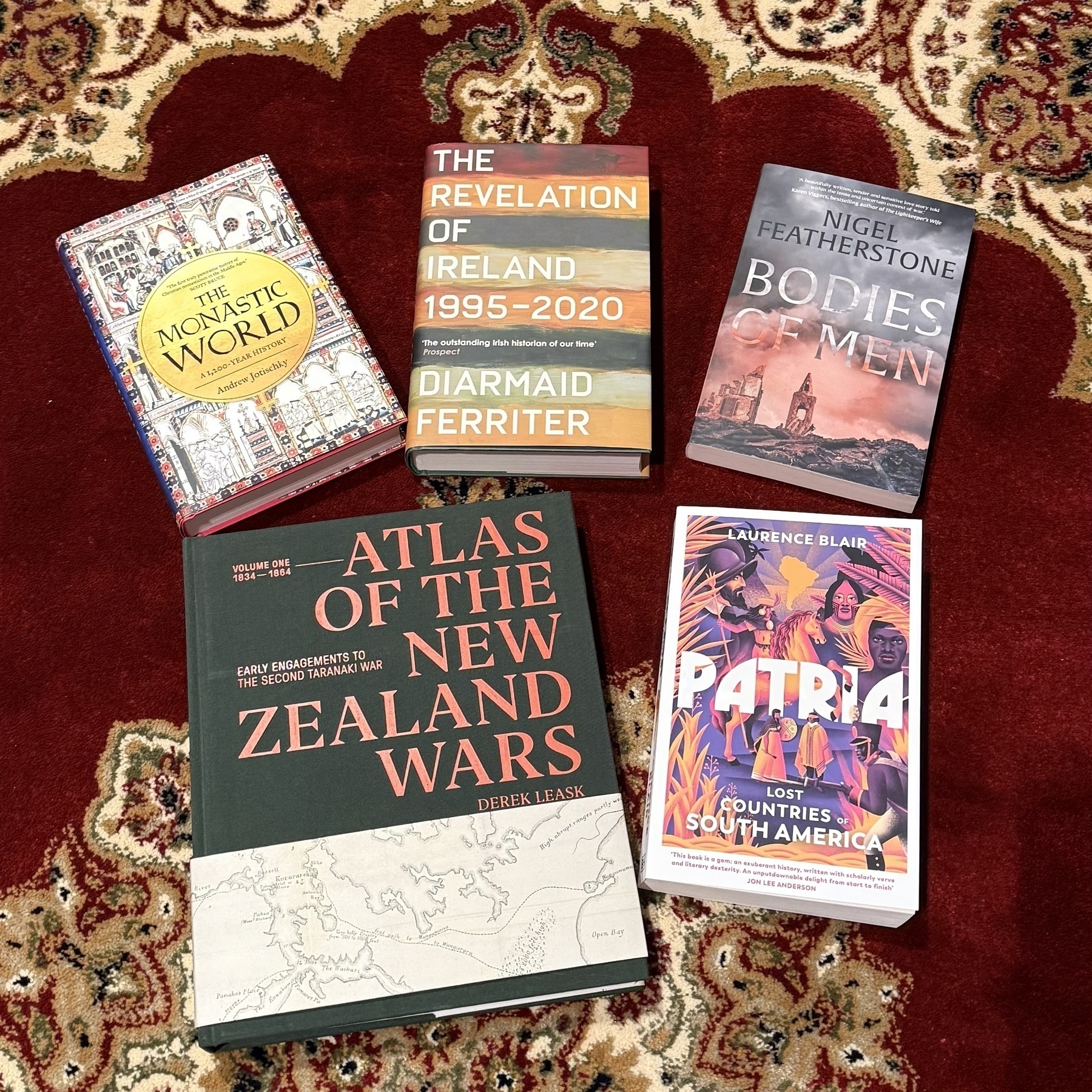
Today’s mail
Man Alone (John Mulgan)
A Queer History of the United States (Michael Bronski)
Faithbreaker (Hannah Kaner)
At Swim, Two Boys (Jamie O’Neill)

I was this many days old when I realised that this was the origin of the saying “a day without Lesbians is like a day without sunshine”.
Anita Bryant, singer and anti-gay rights crusader, dies aged 84
“Breakfast without orange juice is like a day without sunshine.”
Book of the Day - “The Future is History” (Masha Gessen, 2017)
Subtitled “How Totalitarianism Reclaimed Russia”. A warning we need to heed.
#books #history #booksky #totalitarianism
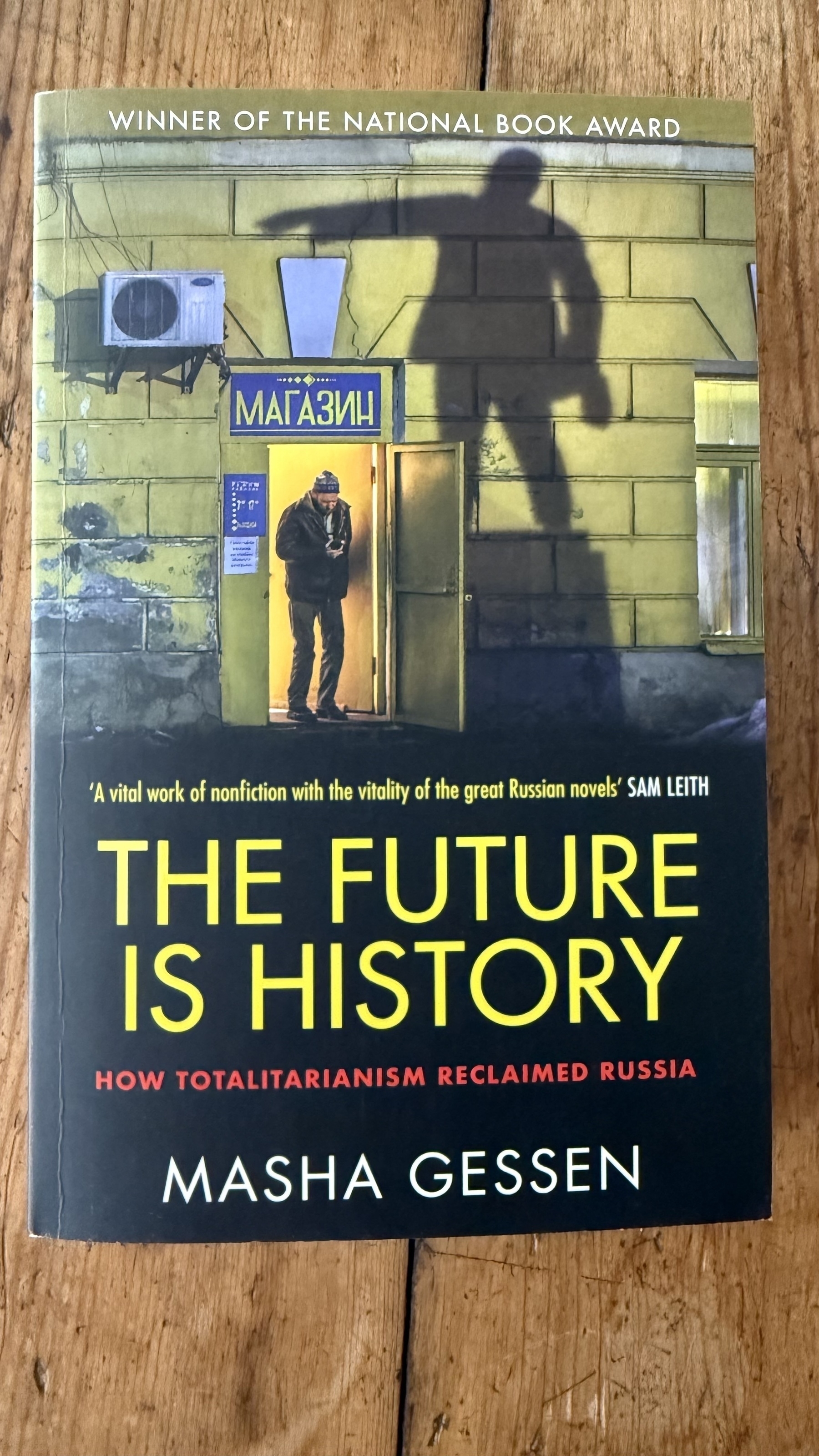
Glorious day in Pōneke the day before the hikoi mō Te Tiriti hits town.
It’s going to be a fascinating day tomorrow.
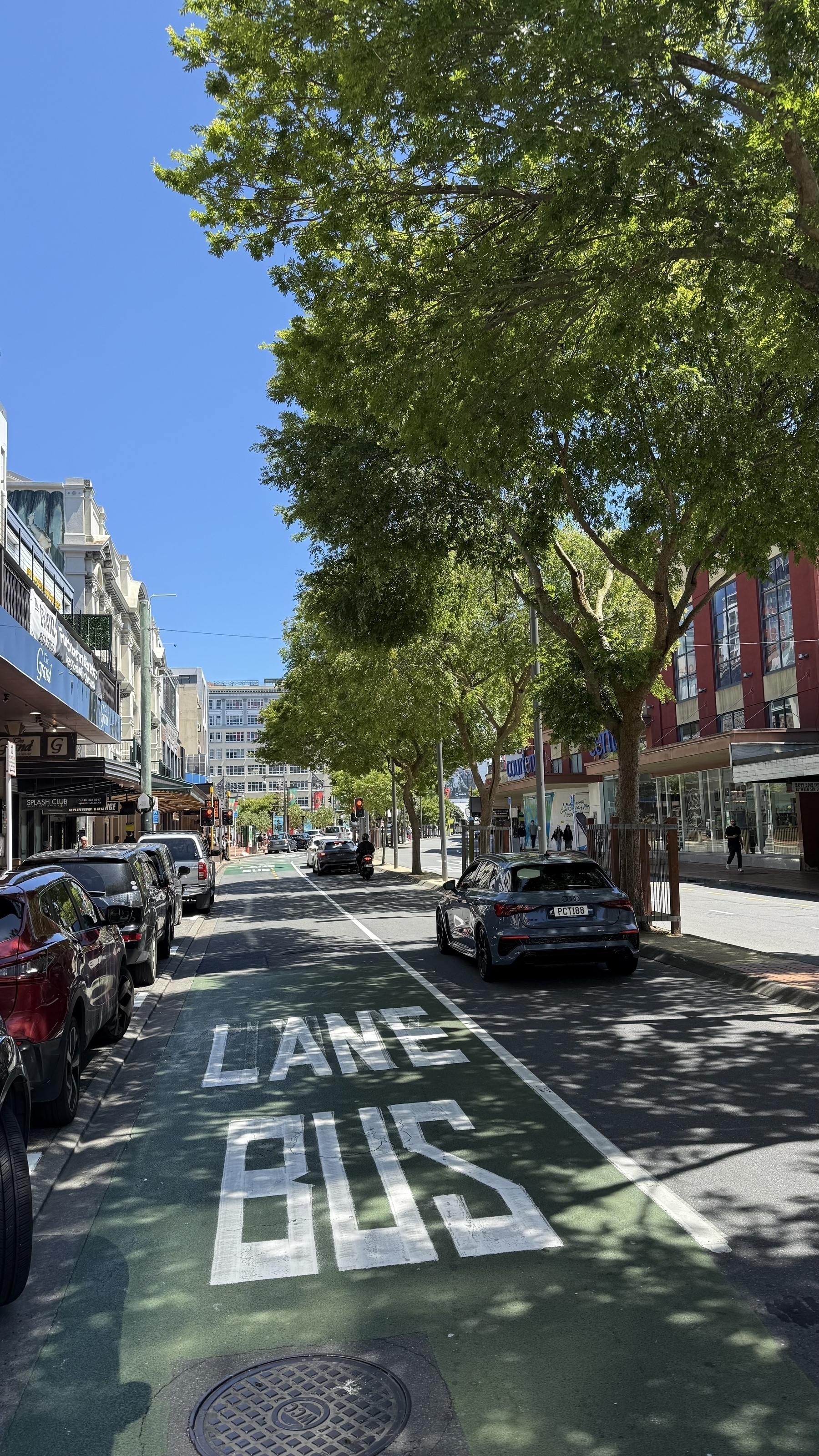
Long weekend reading collection. Connected and contrasting themes - history, philosophy, cross-cultural exchange, reflection, and ancient thought.
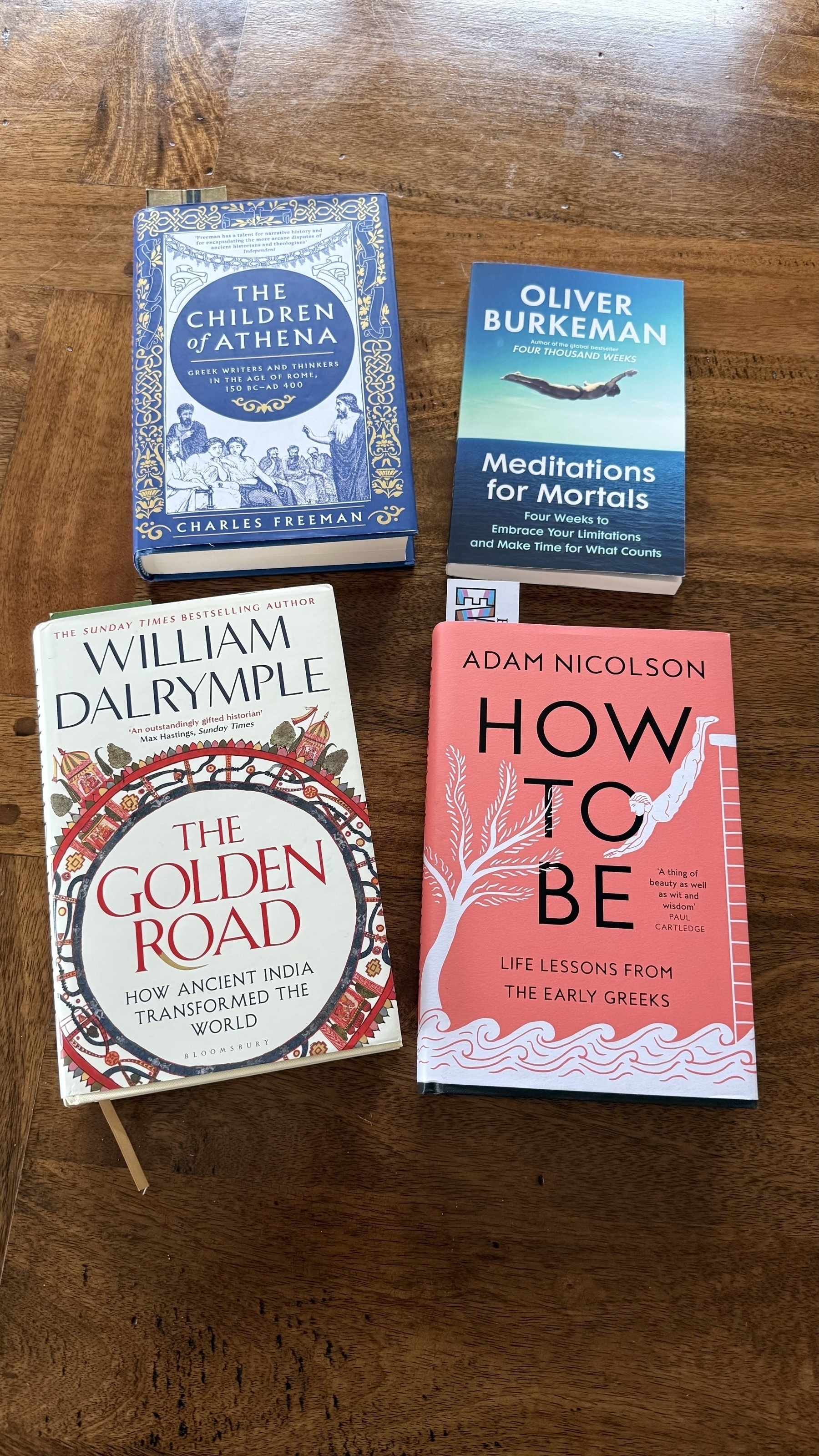
Larco Museum , Lima Perú - www.museolarco.org/en/
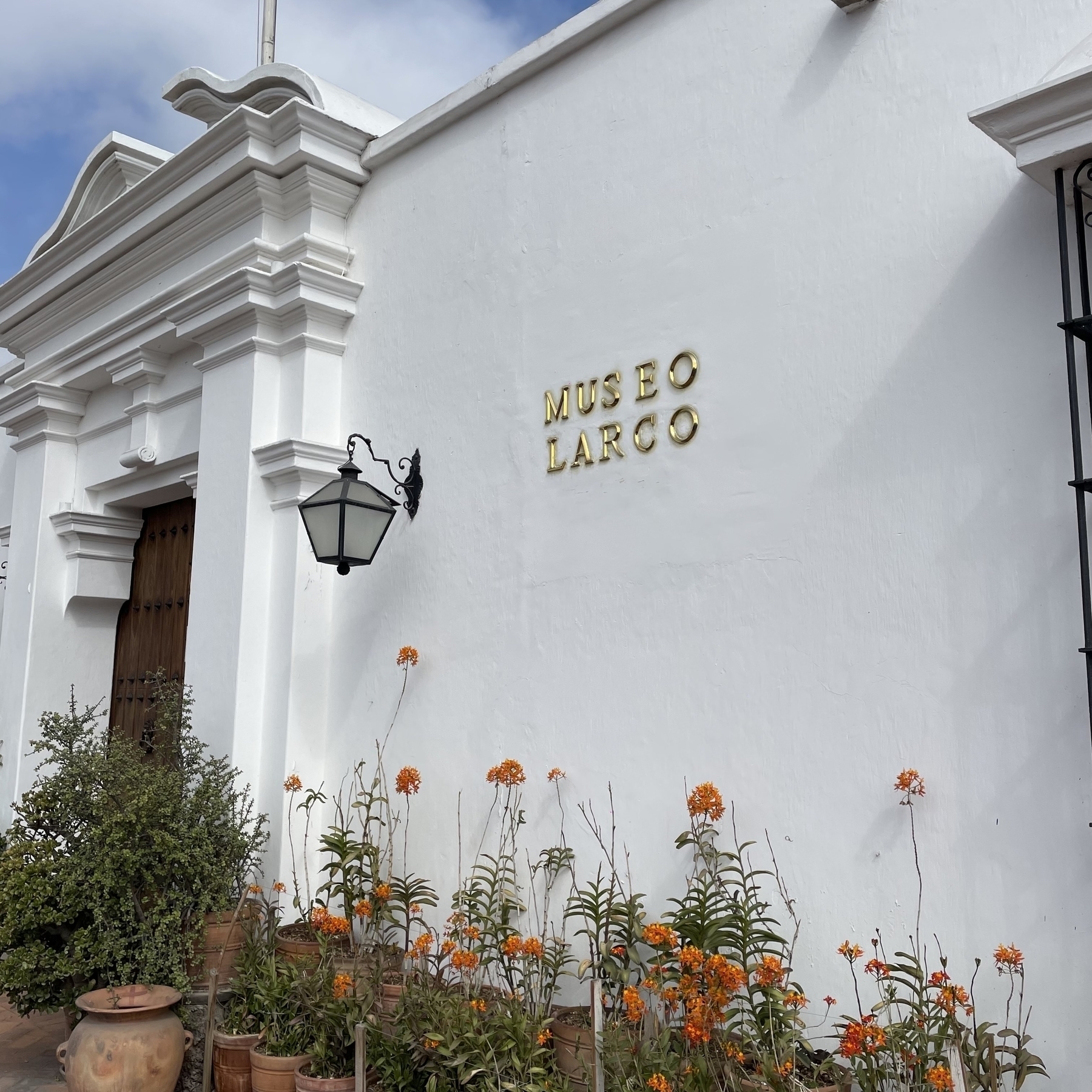
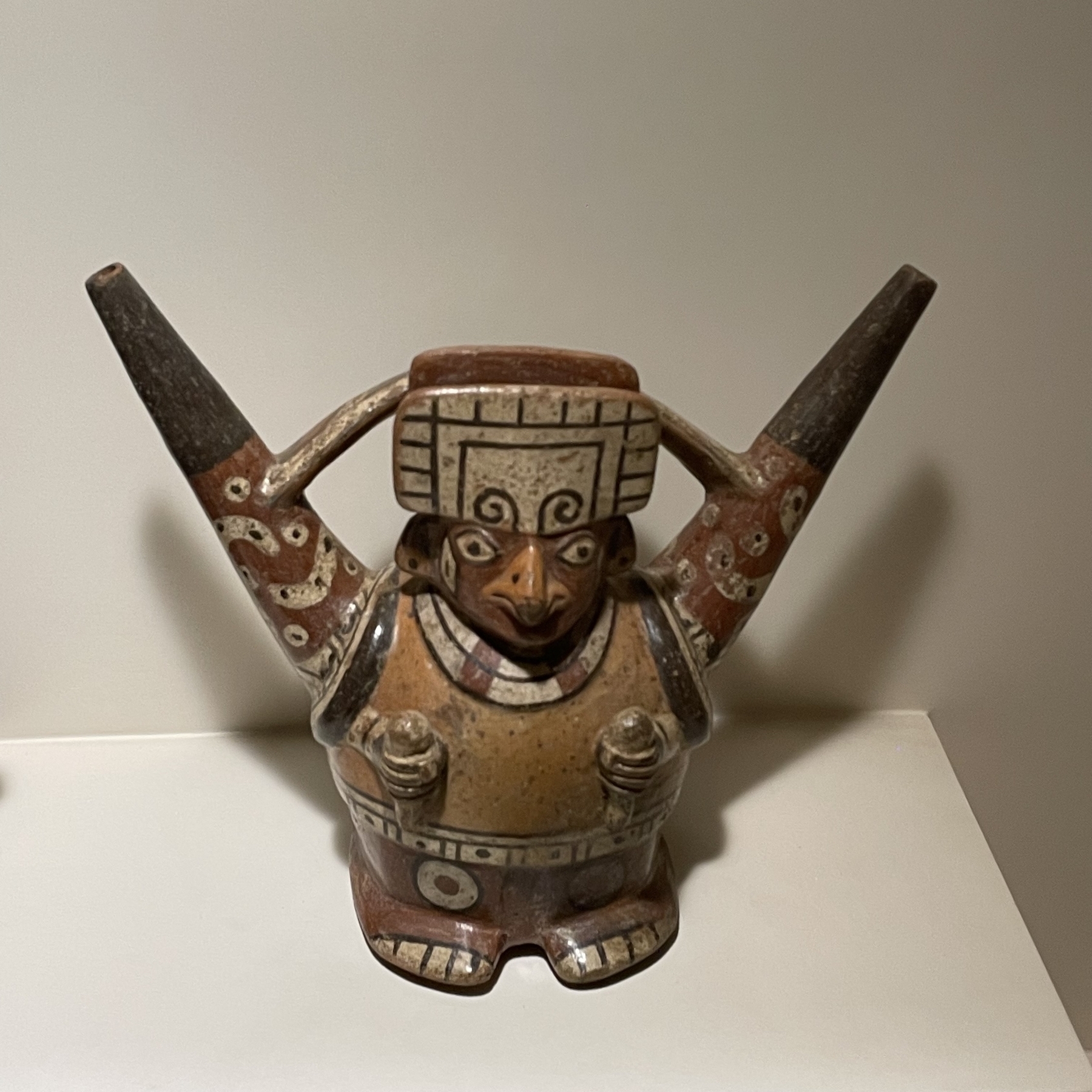
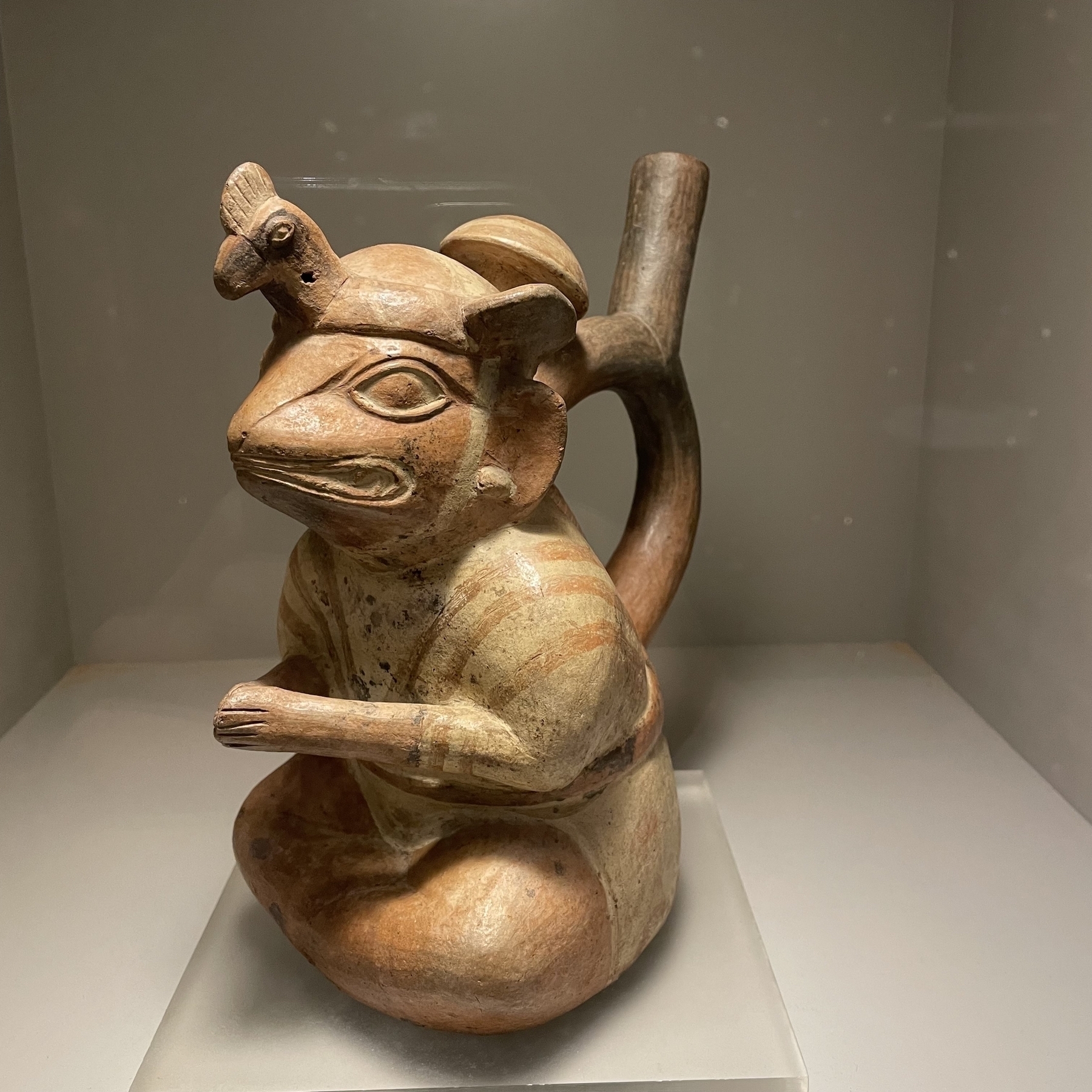
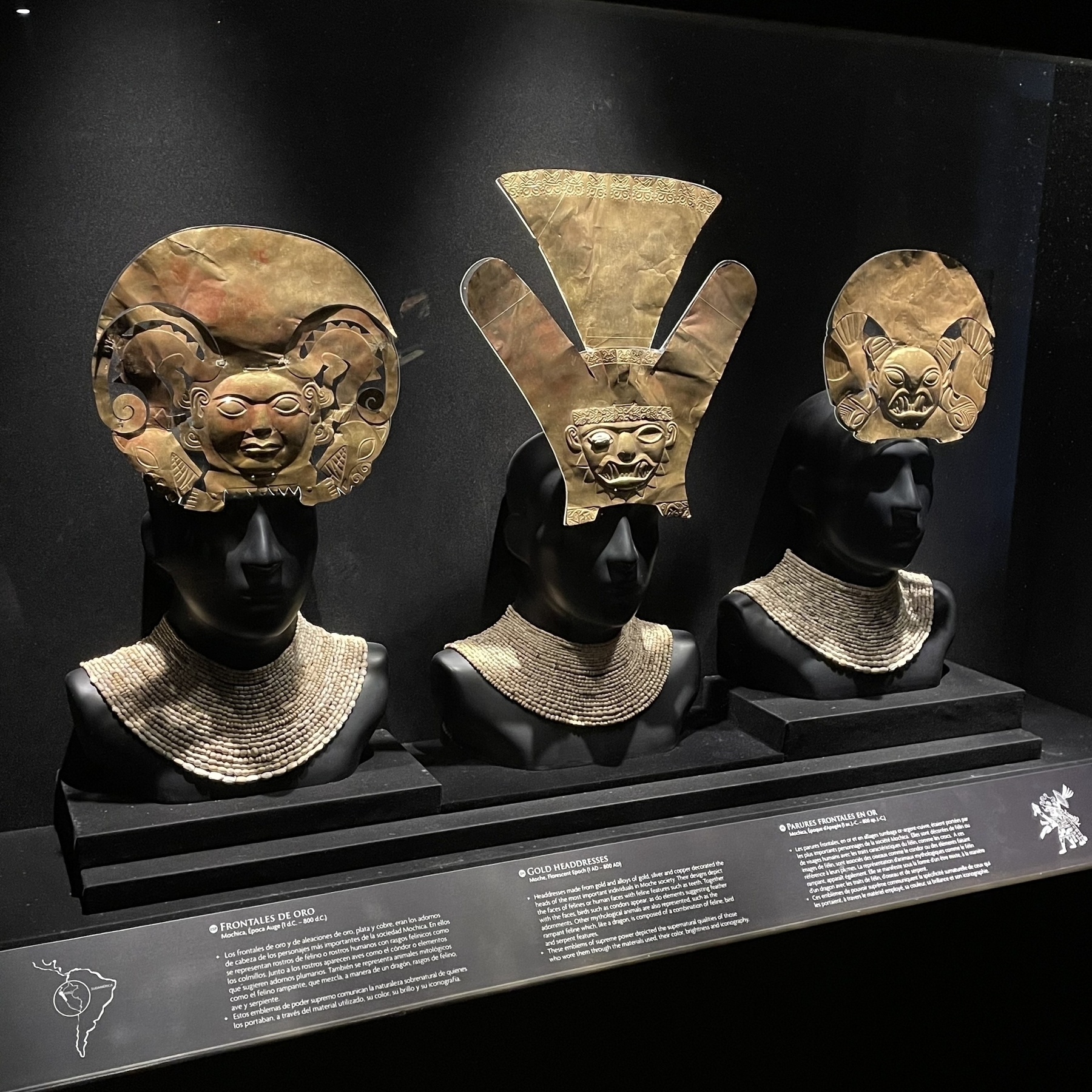


First archaeological site in Perú - Huaca Pullcana adobe-brick pyramid of the Lima culture (cAD200-700).

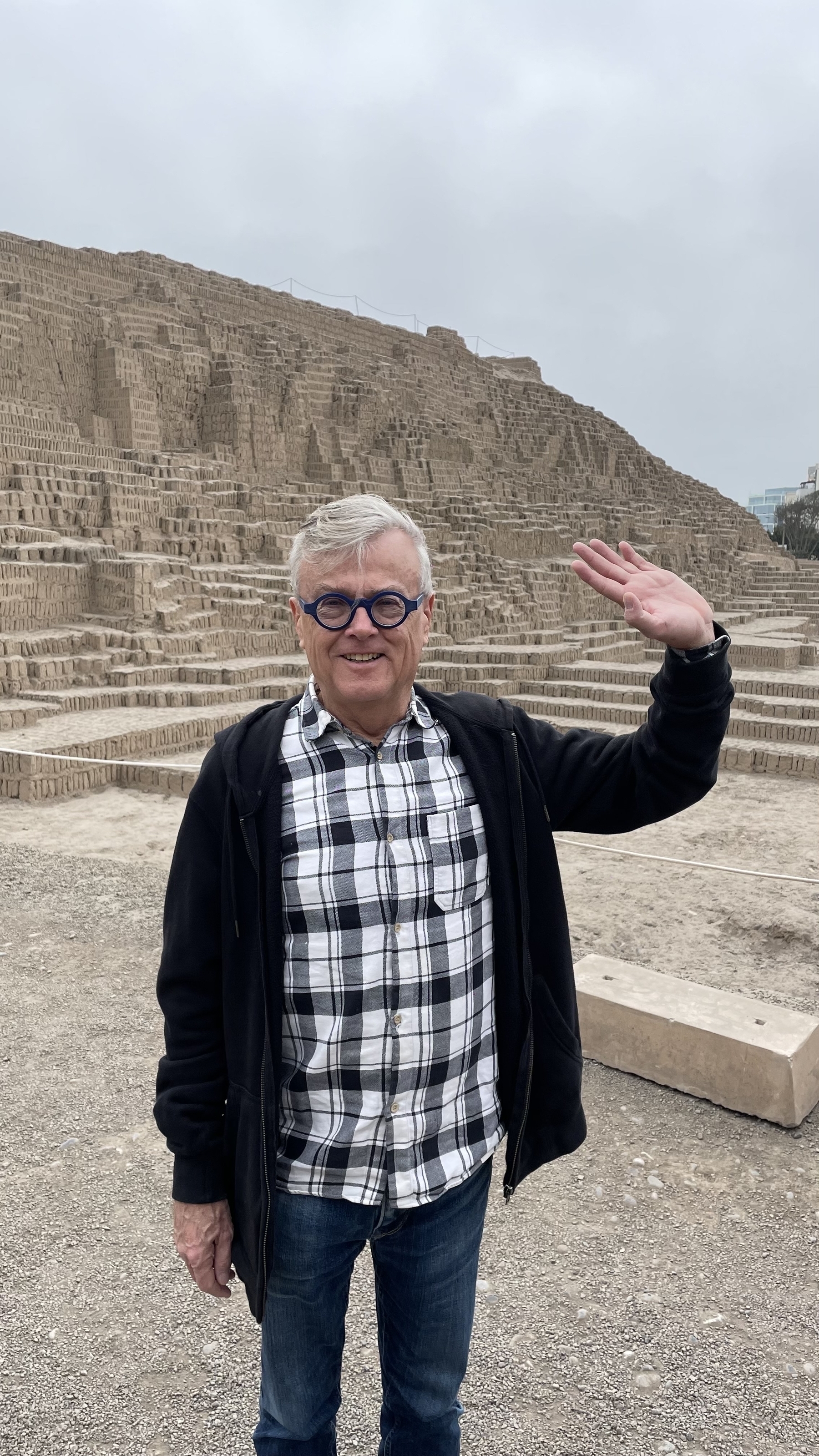

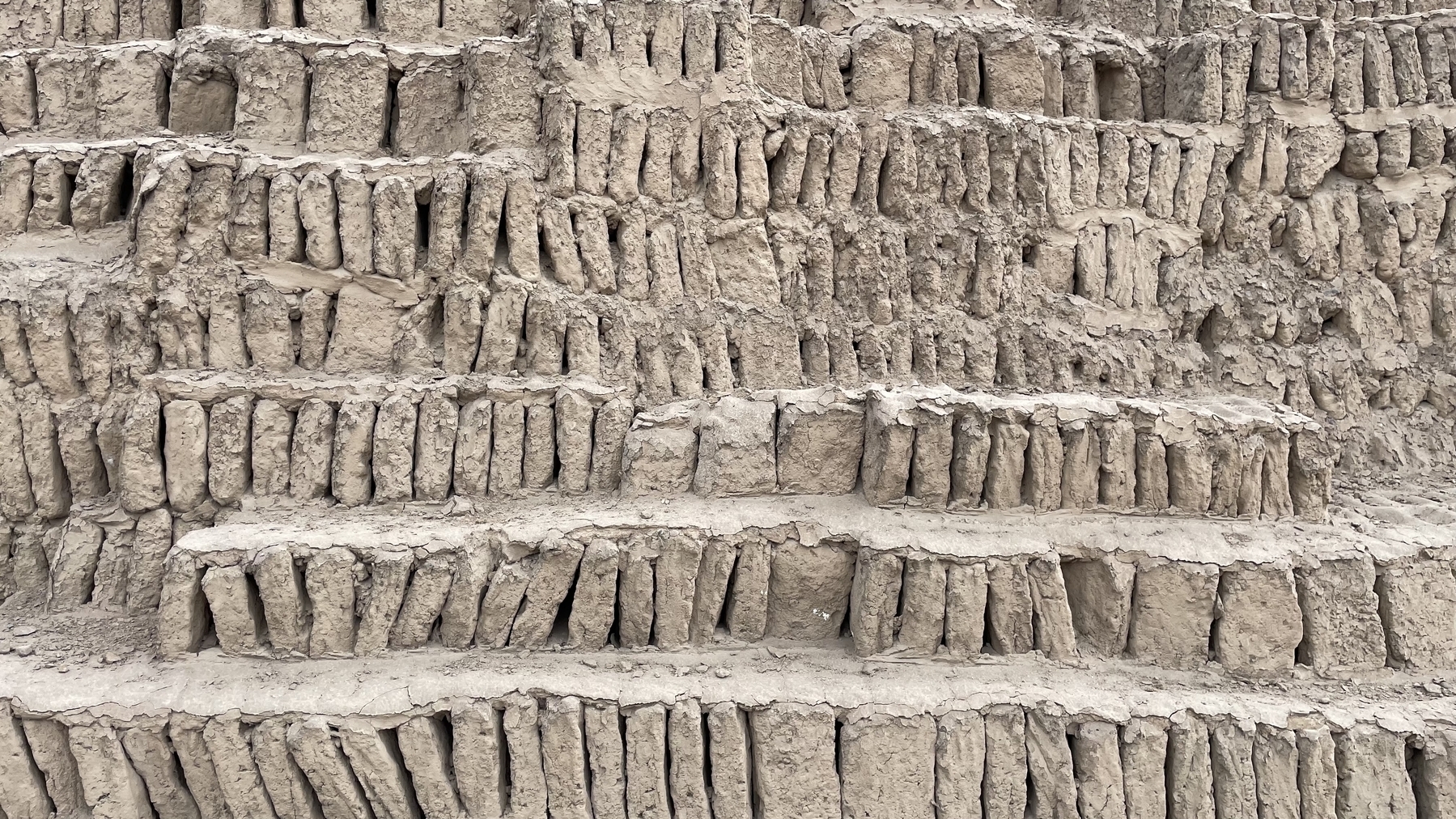

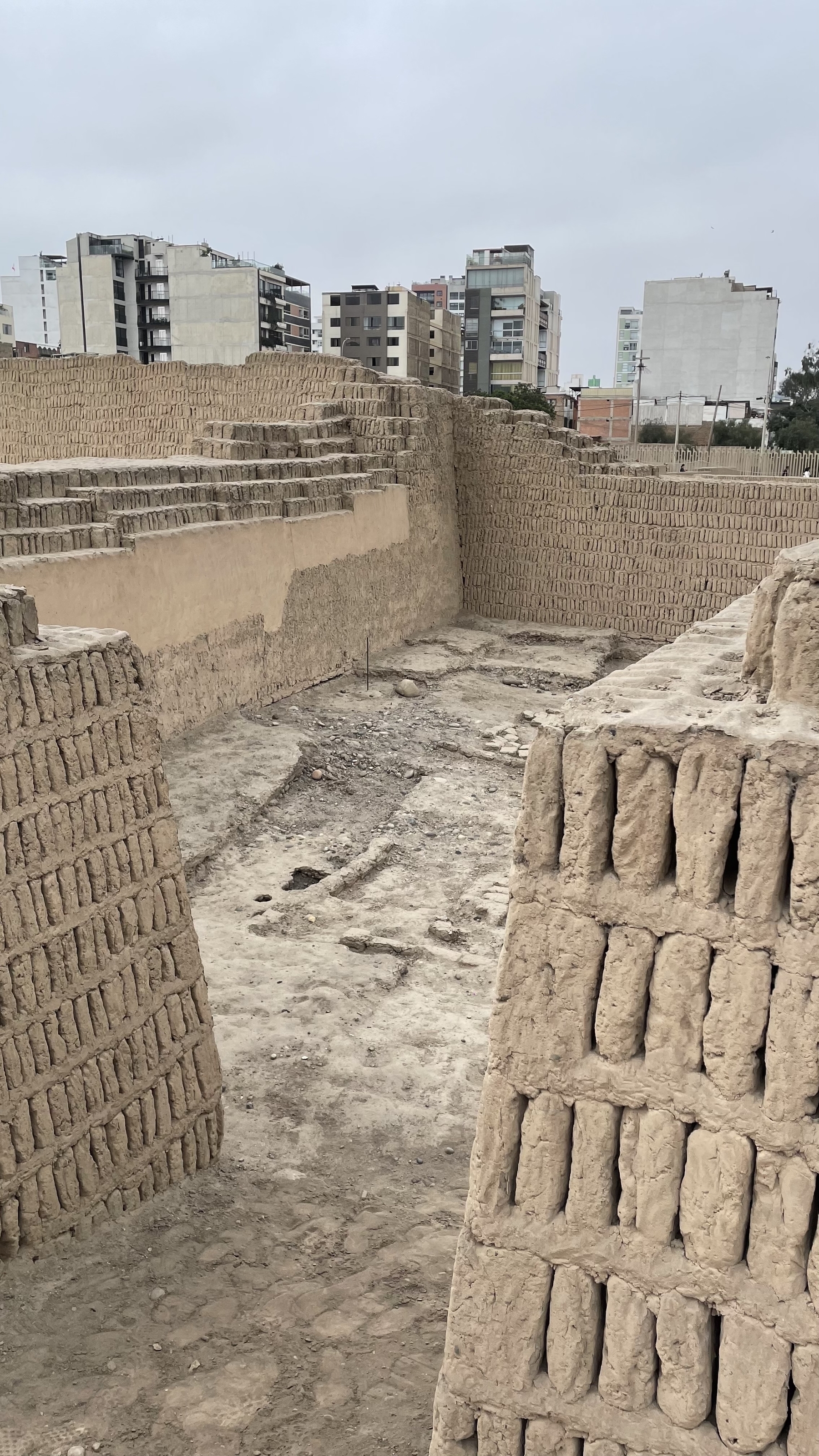
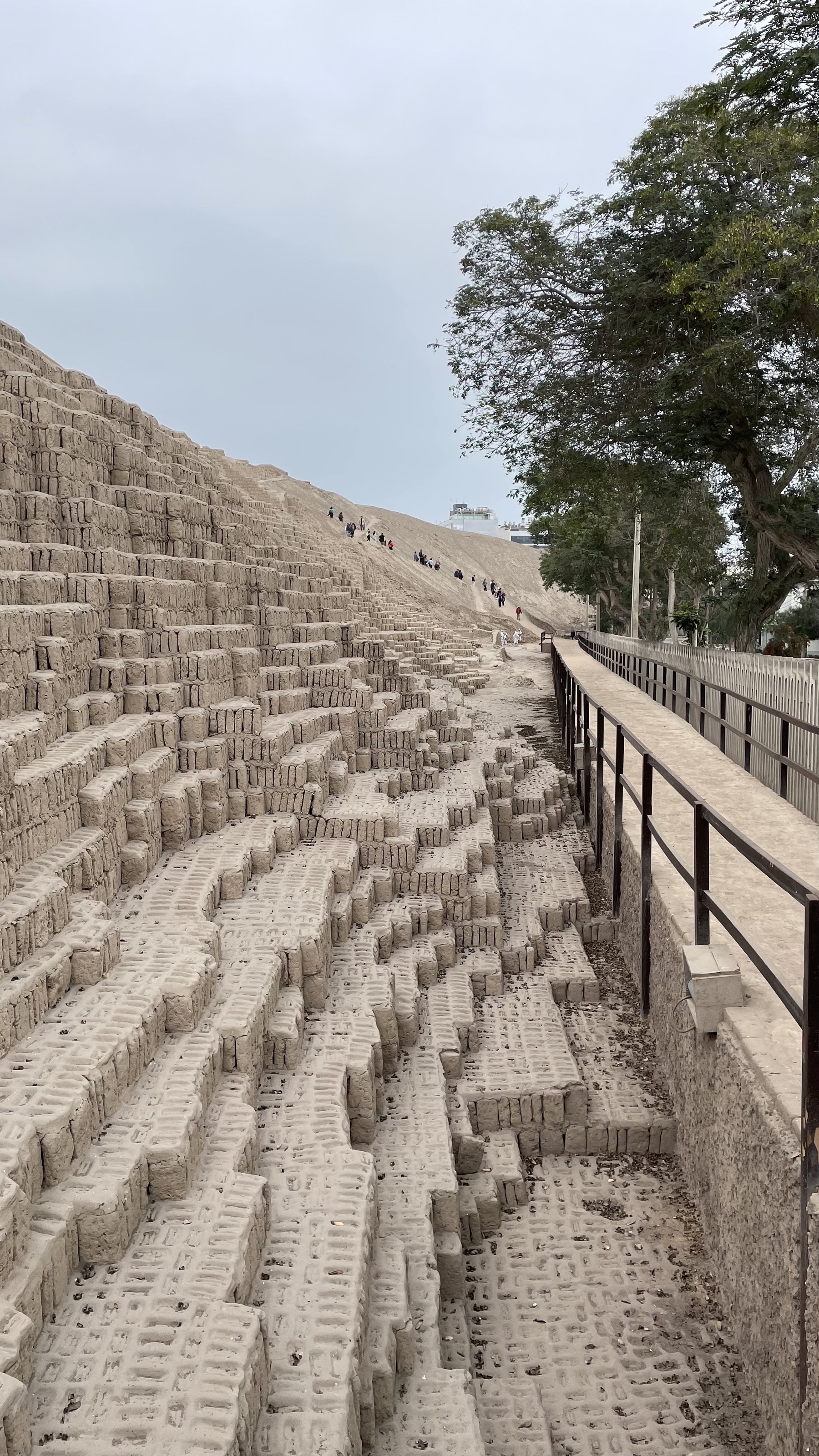

Successful book haul from Abbeys Bookshop in central Sydney 📚🛍️😜😳
So many great history books!
(Some pre-planning may have been involved…)
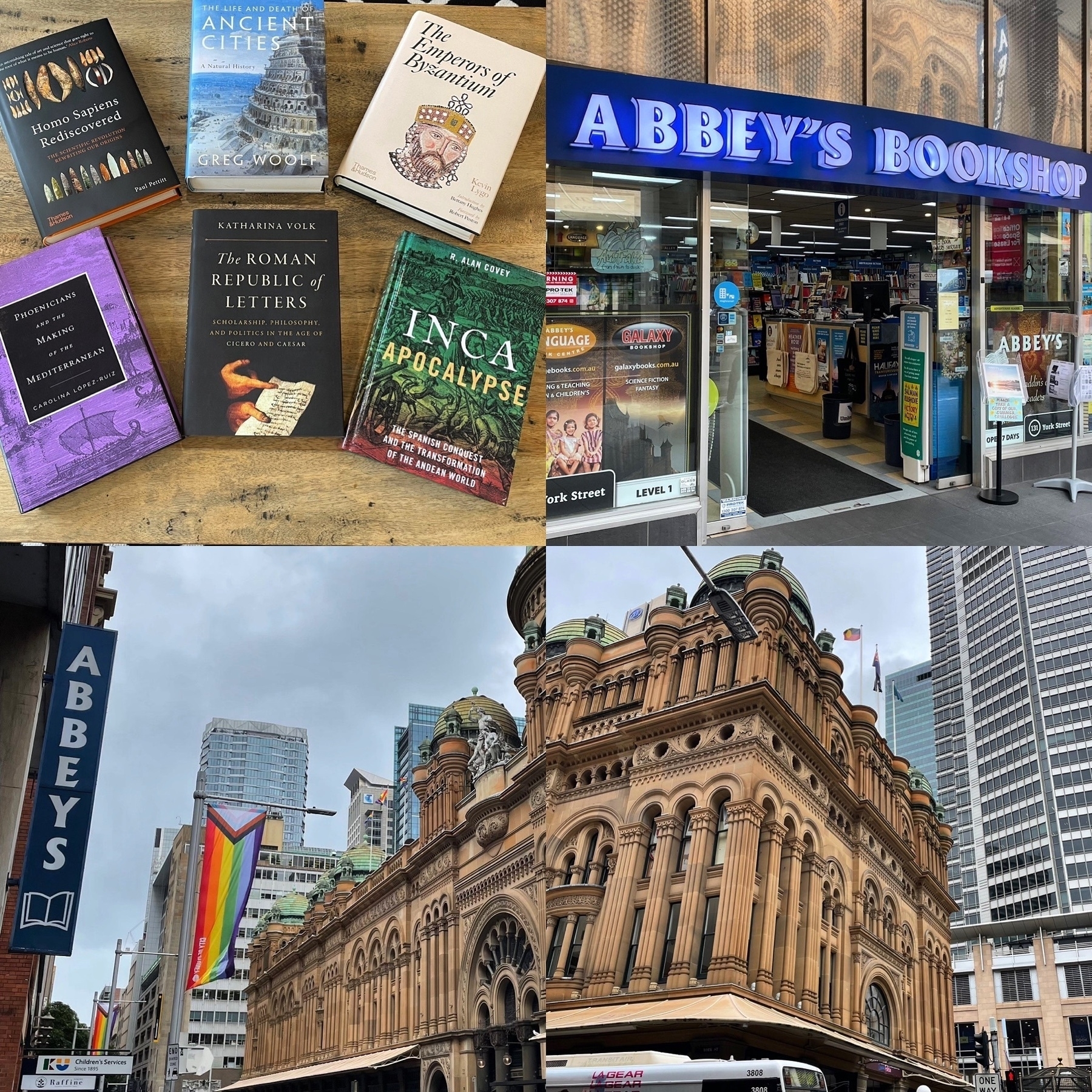
Today’s book purchase: “Procopius: The Secret History” (Folio Society, 1990) from the excellent Ferret Bookshop on Cuba St, Pōneke. 📚#Books #SecondHand #History #Roman #Byzantine #FolioSociety
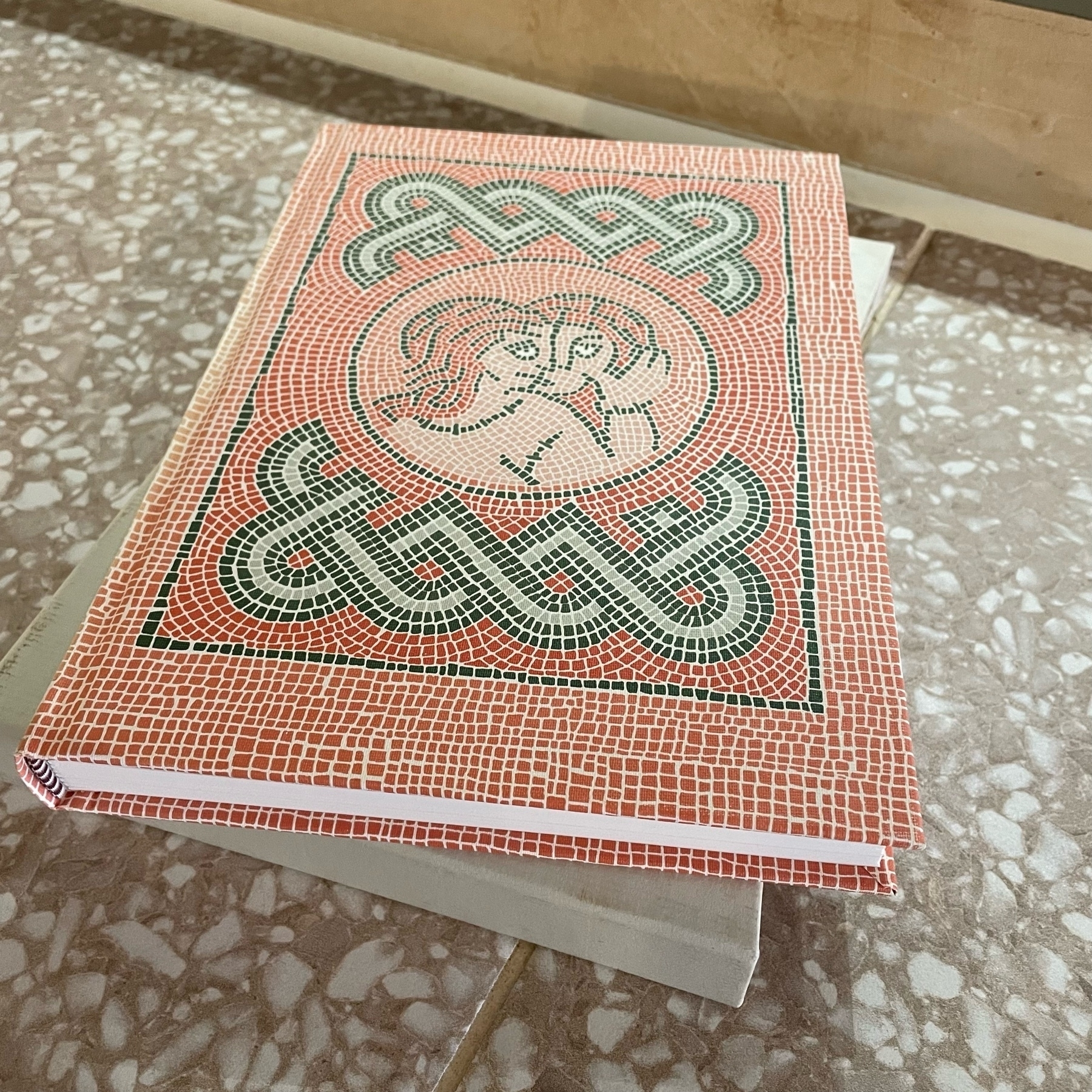
End of a long saga in Kiribati
It has been a very long year for my partner, Judge Bill Hastings, as a serious constitutional crisis has unfolded in the Pacific island state of Kiribati.
I am extremely proud of the work he did in Kiribati before and during this crisis, and of the integrity and measured judicial approach he has demonstrated throughout.
It is deeply sad that what started as a wonderful opportunity to help the further development of an independent and increasingly indigenous judiciary in Kiribati has ended the way it has.
The article below provides a good account of this week’s developments:
New Zealand judge resigns from top-ranking Kiribati judicial position
A Wikipedia article provides the full background to the constitutional crisis:
